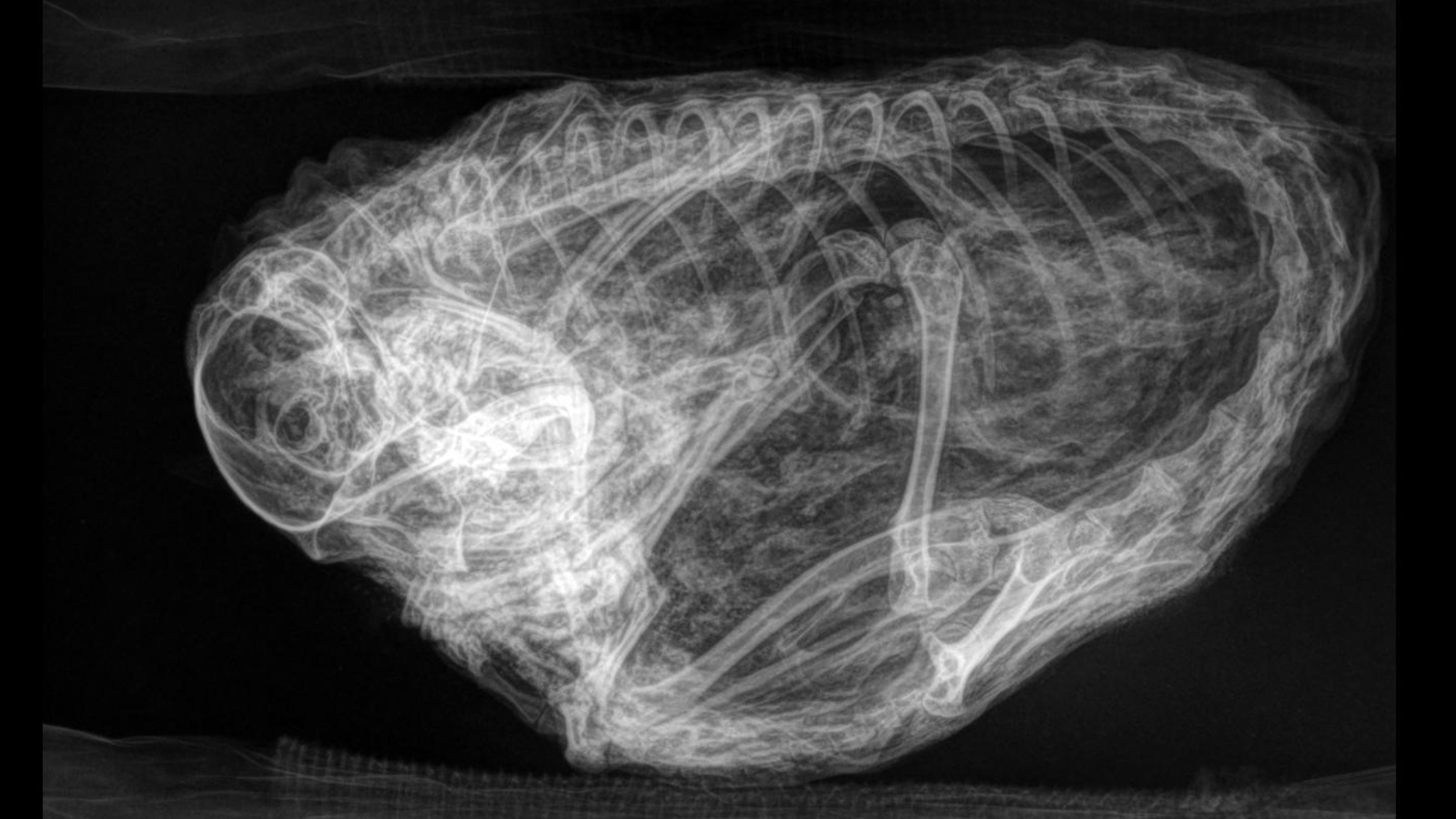30,000-year-old fur ball hidden in Canadian permafrost is actually a mummified squirrel
Gold miners unearthed a mangled lump of mummified flesh, which upon further inspection turned out to be a balled-up Arctic ground squirrel.
An unrecognizable ball of fur, claws and limbs that was recently unearthed in Canada is actually a mummified squirrel that likely died while it hibernated around 30,000 years ago, scientists reveal.
The fur ball was discovered in 2018 by miners at Hester Creek in the Klondike gold fields in Canada's Yukon territory. But scientists recently reevaluated it in preparation for its upcoming public debut at the Yukon Beringia Interpretive Center (YBIC) in Whitehorse, YBIC representatives wrote in a Facebook post.
The lump is believed to be a curled-up Arctic ground squirrel (Urocitellus parryii). This species, which looks more like modern-day gophers than most squirrels, still exists today and lives in the region where the mummified ball was unearthed. Researchers have nicknamed the squirrel "Hester" after the area where it was found.
"It's amazing to think that this little guy was running around the Yukon several thousand years ago," YBIC representatives wrote. The "incredible specimen" will soon go on display at the museum, they added.
Related: 'Prehistoric' mummified bear discovered in Siberian permafrost isn't what we thought
When researchers first found the balled-up squirrel it was not immediately obvious what it was. "It's not quite recognizable until you see these little hands and these claws, and you see a little tail, and then you see ears," Grant Zazula, a paleontologist with the Yukon government that led the analysis of the squirrel, told CBC News. When the researchers realized they had found a "perfectly preserved" squirrel they were very excited, he added.
The researchers believe that Hester was most likely hibernating when he died. Living Arctic ground squirrels curl up into balls like Hester to hibernate inside underground dens, which they often line with leafy nests. Researchers have found examples of these preserved nests, but they are almost always empty.
Get the world’s most fascinating discoveries delivered straight to your inbox.
The researchers didn’t want to unravel the squirrel from its ball for fear that it may get damaged in the process, so it was X-rayed by local veterinarian Dr. Jess Heath to get a better sense of how well-preserved its insides were.
Heath had predicted that the squirrel's bones would likely have deteriorated as calcium leaked out over time, which would likely mean the interior of the ball was in poor condition. However, the X-ray scans revealed that the squirrel's skeleton "was in great condition" and the creature appeared almost identical to a living Arctic ground squirrel , CBC News reported.
The Klondike gold fields is a hotspot for mummified animal discoveries. In June 2022, a perfectly preserved baby mammoth that also dates back to around 30,000 years ago was found there. And in 2016, a 57,000-year-old mummified wolf pup was unearthed in the region.

Harry is a U.K.-based senior staff writer at Live Science. He studied marine biology at the University of Exeter before training to become a journalist. He covers a wide range of topics including space exploration, planetary science, space weather, climate change, animal behavior and paleontology. His recent work on the solar maximum won "best space submission" at the 2024 Aerospace Media Awards and was shortlisted in the "top scoop" category at the NCTJ Awards for Excellence in 2023. He also writes Live Science's weekly Earth from space series.





